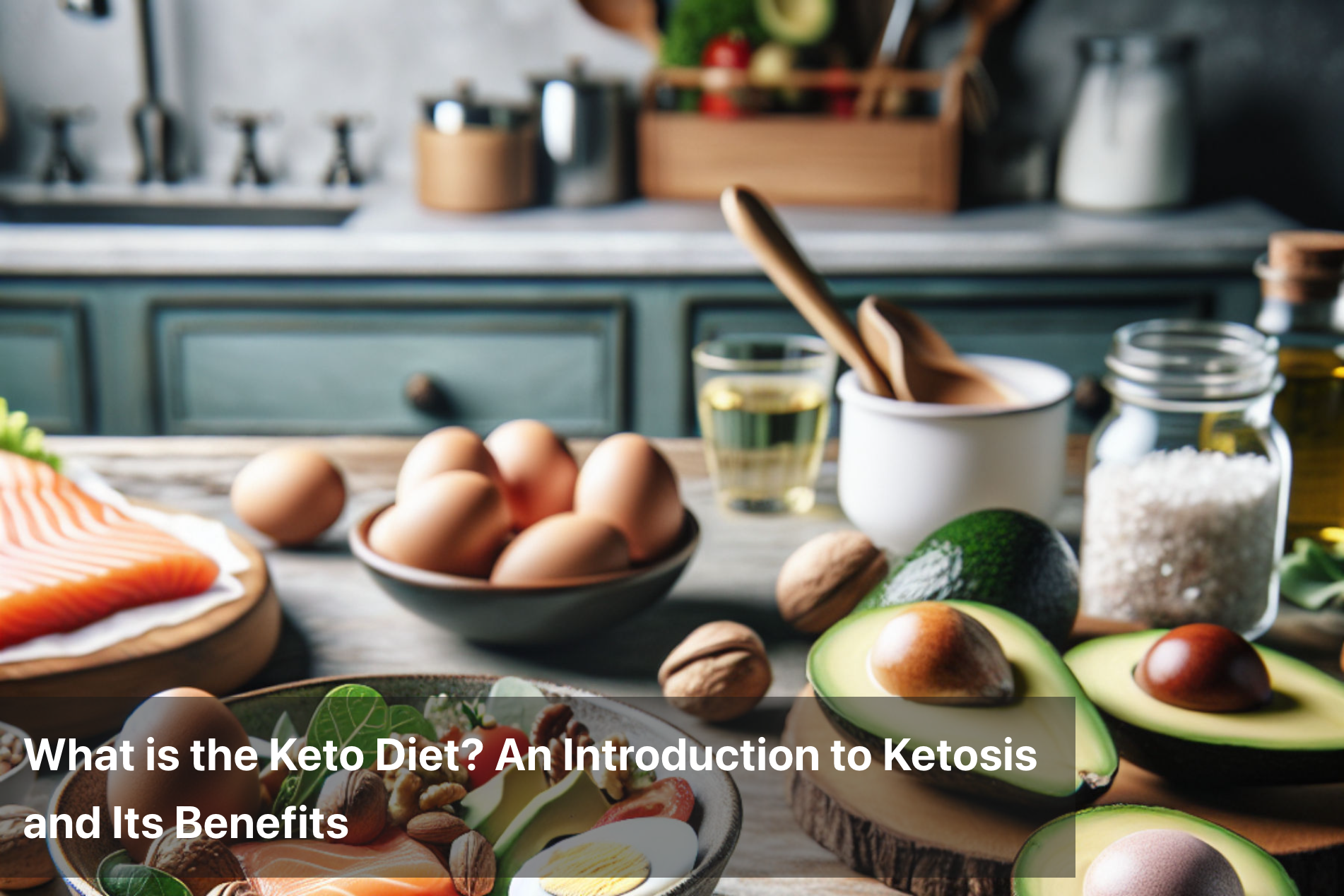
What is the Keto Diet? An Introduction to Ketosis and Its Benefits
The ketogenic diet, commonly known as the keto diet, has gained immense popularity in recent years. This high-fat, low-carb diet is embraced by those seeking weight loss, improved energy levels, and even enhanced mental clarity. But what exactly is the keto diet, and how does it work?
The keto diet is a nutritional approach that focuses on reducing carbohydrate intake while increasing healthy fats and maintaining moderate protein consumption. The primary goal is to shift the body's metabolism from burning carbohydrates (glucose) for energy to burning fats. This metabolic state is called ketosis.

Macronutrient Breakdown of Keto Diet
A typical ketogenic diet consists of:
70-80% fat (healthy sources like avocados, nuts, olive oil, and fatty fish)
10-20% protein (lean meats, eggs, dairy)
5-10% carbohydrates (mostly from non-starchy vegetables and berries)
By drastically reducing carb intake, the body is forced to find an alternative fuel source—ketones, which are produced by the liver from stored fats.
What is Ketosis?
Ketosis is a metabolic state where the body uses fat for fuel instead of glucose. This happens when carbohydrate intake is significantly lowered, and insulin levels drop, prompting the body to start breaking down fat stores for energy.
When fats are broken down in the liver, they produce ketones, which act as an alternative energy source for the brain and muscles.
How long does it take to enter ketosis?
It typically takes 2-7 days of strict low-carb eating for the body to enter ketosis.
During this transition, some people experience symptoms known as the "keto flu", which include fatigue, headaches, nausea, and brain fog. These symptoms are temporary and can be managed by staying hydrated and replenishing electrolytes.
Health Benefits of the Keto Diet
The ketogenic diet is not just about weight loss. It offers a wide range of health benefits, including:
1. Weight Loss and Fat Burning
One of the primary reasons people follow the keto diet is for weight loss. When the body burns fat for fuel, it results in significant weight reduction, especially in abdominal fat.
Keto naturally suppresses appetite, making it easier to consume fewer calories.
It enhances fat-burning due to lower insulin levels.
2. Improved Mental Clarity and Focus
Ketones provide a steady energy source for the brain, leading to:
Better concentration
Reduced brain fog
Potential neuroprotective effects against diseases like Alzheimer’s and Parkinson’s
3. Blood Sugar and Insulin Regulation
For those with type 2 diabetes or insulin resistance, the keto diet can help:
Lower blood sugar levels
Reduce insulin spikes
Improve insulin sensitivity
4. Enhanced Energy Levels
Once adapted to ketosis, people often experience:
Fewer energy crashes
Steady energy levels throughout the day
Better endurance for physical activities
5. Potential Benefits for Heart Health
A well-formulated keto diet can:
Improve cholesterol levels (increase HDL, the "good" cholesterol)
Reduce triglycerides
Lower blood pressure
What to Eat and Avoid on Keto
Category |
Foods to Eat |
Foods to Avoid |
|---|---|---|
Healthy Fats |
Avocados, olive oil, coconut oil, nuts, seeds, butter |
- |
Protein |
Meat, poultry, eggs, fatty fish, full-fat dairy |
- |
Low-Carb Vegetables |
Spinach, kale, broccoli, cauliflower, zucchini |
Starchy vegetables: Potatoes, corn, carrots |
Dairy |
Cheese, cream, Greek yogurt |
- |
Nuts & Seeds |
Almonds, walnuts, chia seeds, flaxseeds |
- |
Grains |
- |
Bread, rice, pasta, oats |
Sugary Foods |
- |
Sweets, sodas, fruit juices |
Processed Foods |
- |
Packaged snacks, fast food |
High-Carb Fruits |
- |
Bananas, apples, grapes |
Different Types of Keto Diets
There are several variations of the ketogenic diet:
Standard Keto Diet (SKD) – The most common type, with 70-80% fat, 10-20% protein, and 5-10% carbs.
Cyclical Keto Diet (CKD) – Includes higher carb intake on certain days (e.g., 5 days keto, 2 days high-carb).
Targeted Keto Diet (TKD) – Allows additional carbs around workouts for those with higher physical activity levels.
High-Protein Keto Diet – A modified version with higher protein intake (about 35% protein).
Common Side Effects and How to Manage Them
Switching to keto can cause some initial discomfort, often referred to as the keto flu. Symptoms include:
Fatigue
Headaches
Nausea
Muscle cramps
How to combat keto flu:
Stay hydrated
Increase electrolytes (sodium, potassium, magnesium)
Consume enough healthy fats
Get plenty of rest
Other potential side effects include digestive issues (constipation or diarrhea), but these can be managed by increasing fiber intake and staying hydrated.

Is Keto Right for Everyone?
While the keto diet has numerous benefits, it may not be suitable for everyone.
Who may benefit:
People looking for weight loss
Those with insulin resistance or type 2 diabetes
Individuals with neurological conditions
Who should avoid or consult a doctor before starting keto:
People with kidney disease
Individuals with liver disorders
Pregnant or breastfeeding women
Athletes needing high-intensity performance
Summary
The ketogenic diet is a powerful dietary approach that shifts the body's metabolism towards fat-burning by reducing carbohydrates. Entering ketosis provides a range of health benefits, including weight loss, improved mental clarity, better blood sugar regulation, and enhanced energy levels.
However, keto isn't a one-size-fits-all diet. It requires careful planning, especially in the early stages, to manage side effects and ensure nutrient balance. If you're considering trying the keto diet, consult a healthcare professional to determine if it’s the right fit for you.
By understanding the fundamentals of ketosis and making informed food choices, you can optimize your health and enjoy the benefits of a keto lifestyle.
This Blog post is an initiative by Lo! Foods, to provide accurate and Nutritionist / Doctor approved information related to Health. Lo! Foods is India's leading brand for Everyday Functional Foods. Foods designed for specific Health conditions or Needs. Lo! Foods also runs India's largest range of Low Carb Healthy Cloud Kitchens, under the brand names of Lo!, ProteinChef, ATH (All Things Healthy) and DiabeSmart.



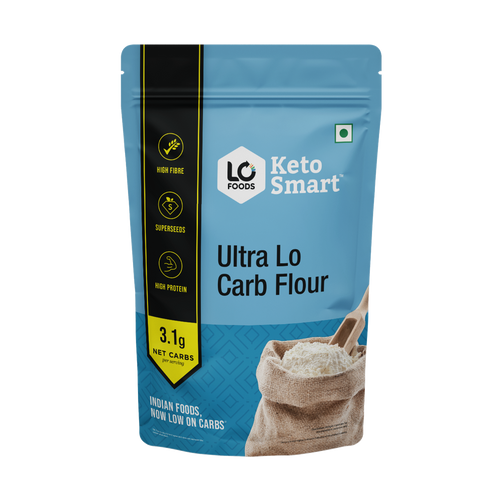
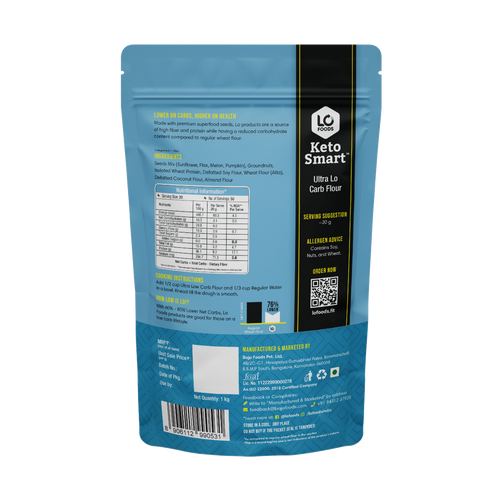

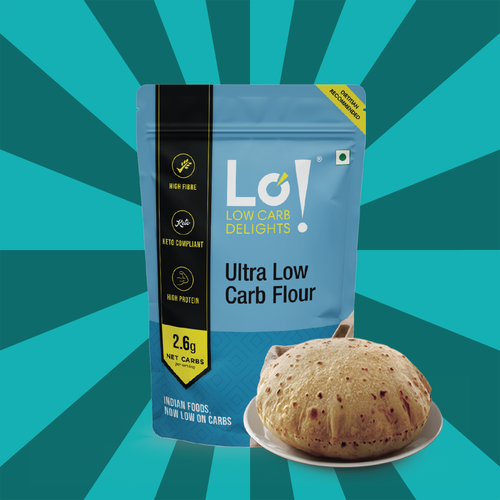
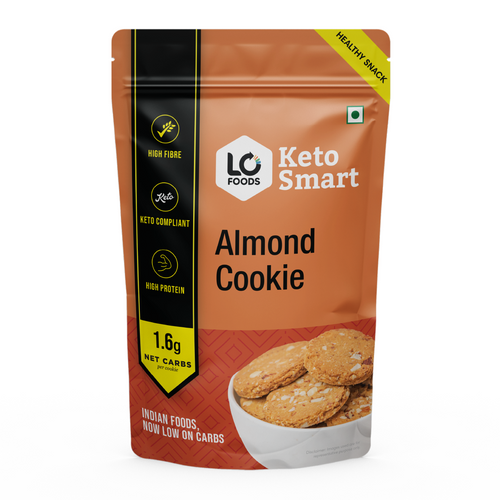


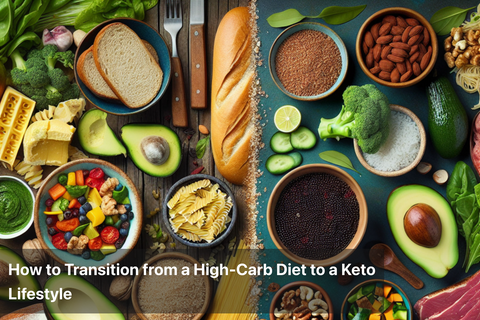
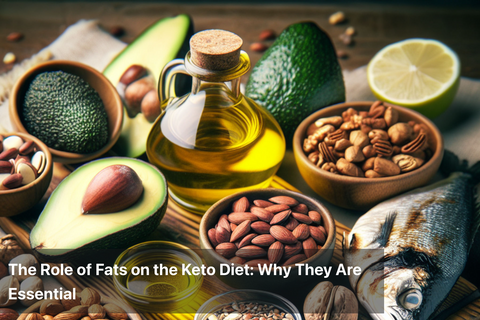
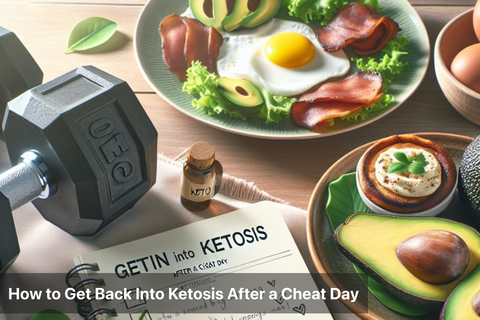
Leave a comment
Your email address will not be published.